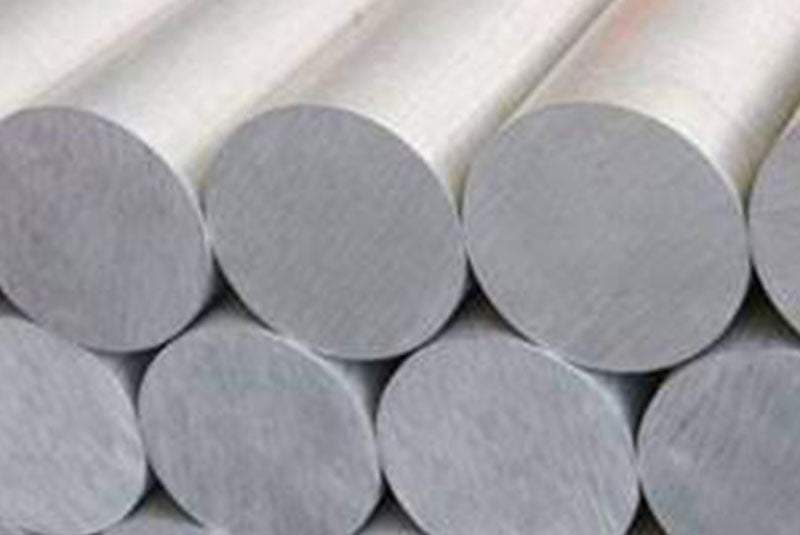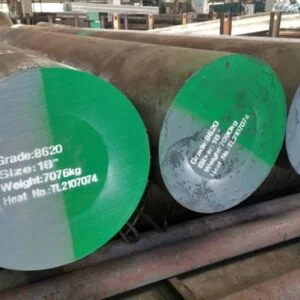Introduction

High Speed Steel (HSS) has revolutionized various industries with its remarkable properties and applications. This article delves into the impact of high speed steel on different sectors, exploring its significance, advantages, and uses.
Understanding High Speed Steel
What is High Speed Steel?
High Speed Steel (HSS) is a type of tool steel known for its exceptional hardness, wear resistance, and ability to maintain cutting edge at high temperatures. It typically contains elements such as tungsten, molybdenum, chromium, and vanadium, enhancing its mechanical properties.
Properties of High Speed Steel
High-speed steel exhibits superior hardness, toughness, and heat resistance compared to conventional tool steels. Its high red hardness allows for continuous cutting at elevated temperatures without losing its cutting edge.
High speed steel boasts remarkable hardness, enabling it to withstand intense pressures and abrasive forces encountered during machining operations. This property ensures that the cutting edges of tools remain sharp for extended periods, enhancing efficiency and precision in manufacturing processes.
In addition to hardness, high-speed steel exhibits impressive toughness, meaning it can resist fracturing or chipping even when subjected to heavy loads or sudden impacts. This toughness ensures the durability and reliability of tools, reducing the frequency of tool replacements and minimizing downtime in production facilities.
One of the most significant advantages of high-speed steel is its exceptional heat resistance. Unlike conventional tool steels that may lose their cutting edge integrity at elevated temperatures, high-speed steel maintains its hardness and sharpness even under extreme heat conditions. This property allows for continuous cutting at high speeds without compromising performance, making it ideal for demanding machining applications.
High speed steel’s high red hardness is a key distinguishing feature. Red hardness refers to the ability of a material to retain its hardness at elevated temperatures, typically above 600°C (1112°F). This characteristic enables high-speed steel to maintain its cutting edge integrity during high-speed machining operations, where temperatures can rise significantly due to friction between the tool and workpiece. As a result, high-speed steel tools can operate efficiently at high speeds for prolonged periods, contributing to increased productivity and cost-effectiveness in manufacturing processes.
Another notable advantage of high-speed steel is its versatility. It can be tailored to meet specific requirements by adjusting its composition or heat treatment process. This flexibility allows manufacturers to customize high-speed steel tools for various applications, from general machining to specialized cutting tasks in industries such as aerospace, automotive, and medical equipment manufacturing.
Applications Across Industries
Manufacturing Industry
High speed steel is extensively used in the manufacturing sector for cutting tools, drills, taps, and milling cutters. Its ability to withstand high temperatures and maintain sharpness makes it indispensable in machining operations.
Automotive Sector
In the automotive industry, high-speed steel is utilized for machining engine components, gear cutting, and shaping processes. Its wear resistance and durability ensure precision and longevity in manufacturing critical automotive parts.
Aerospace Engineering
Aerospace applications demand materials that can withstand extreme conditions. High-speed steel finds extensive use in aerospace engineering for machining intricate components, such as turbine blades and structural elements, owing to its high temperature resistance and precise cutting capabilities.
Construction and Infrastructure
High-speed steel is also employed in construction and infrastructure projects for drilling and cutting operations. Its ability to handle tough materials like hardened steel and concrete makes it invaluable for tasks such as drilling holes and shaping structural components.
Medical Equipment Manufacturing
In the medical field, high-speed steel is utilized in the manufacturing of surgical instruments, dental tools, and orthopedic implants. Its precision cutting and durability are critical for ensuring the quality and longevity of medical equipment.
Impact on Productivity and Cost-Efficiency
The adoption of high-speed steel tools has significantly enhanced productivity and cost-efficiency in manufacturing processes. Its longer tool life and reduced downtime result in lower production costs and improved overall efficiency.
Case Study: High Speed Steel in Machining Operations

To illustrate the impact of high speed steel in real-world scenarios, let’s consider a case study of its application in machining operations:
| Operation | Conventional Tooling | High Speed Steel Tooling |
|---|---|---|
| Tool Life | 100 hours | 300 hours |
| Machining Speed | 50 meters/minute | 80 meters/minute |
| Downtime | 20% | 5% |
Conclusion
High Speed Steel has undoubtedly transformed various industries, from manufacturing to aerospace engineering, by offering unmatched durability, precision, and cost-efficiency. Its impact on productivity and tool longevity underscores its significance in modern machining processes.
FAQ
Q: What makes high speed steel superior to conventional tool steels?
A: High speed steel possesses enhanced hardness, toughness, and heat resistance, allowing it to maintain cutting edge integrity at high temperatures, resulting in prolonged tool life and improved machining efficiency.
Q: Can high-speed steel be used for both ferrous and non-ferrous materials?
A: Yes, high-speed steel is versatile and can effectively machine both ferrous and non-ferrous materials, including stainless steel, aluminum, and titanium alloys.
Q: Is high speed steel more expensive than conventional tool steels?
A: While high speed steel may have a higher initial cost, its longer tool life and increased productivity often result in overall cost savings in manufacturing operations.
Q: What factors should be considered when selecting high speed steel for machining applications?
A: Factors such as cutting speed, feed rate, material type, and machining environment should be taken into account when selecting high speed steel tools to ensure optimal performance and tool longevity.
